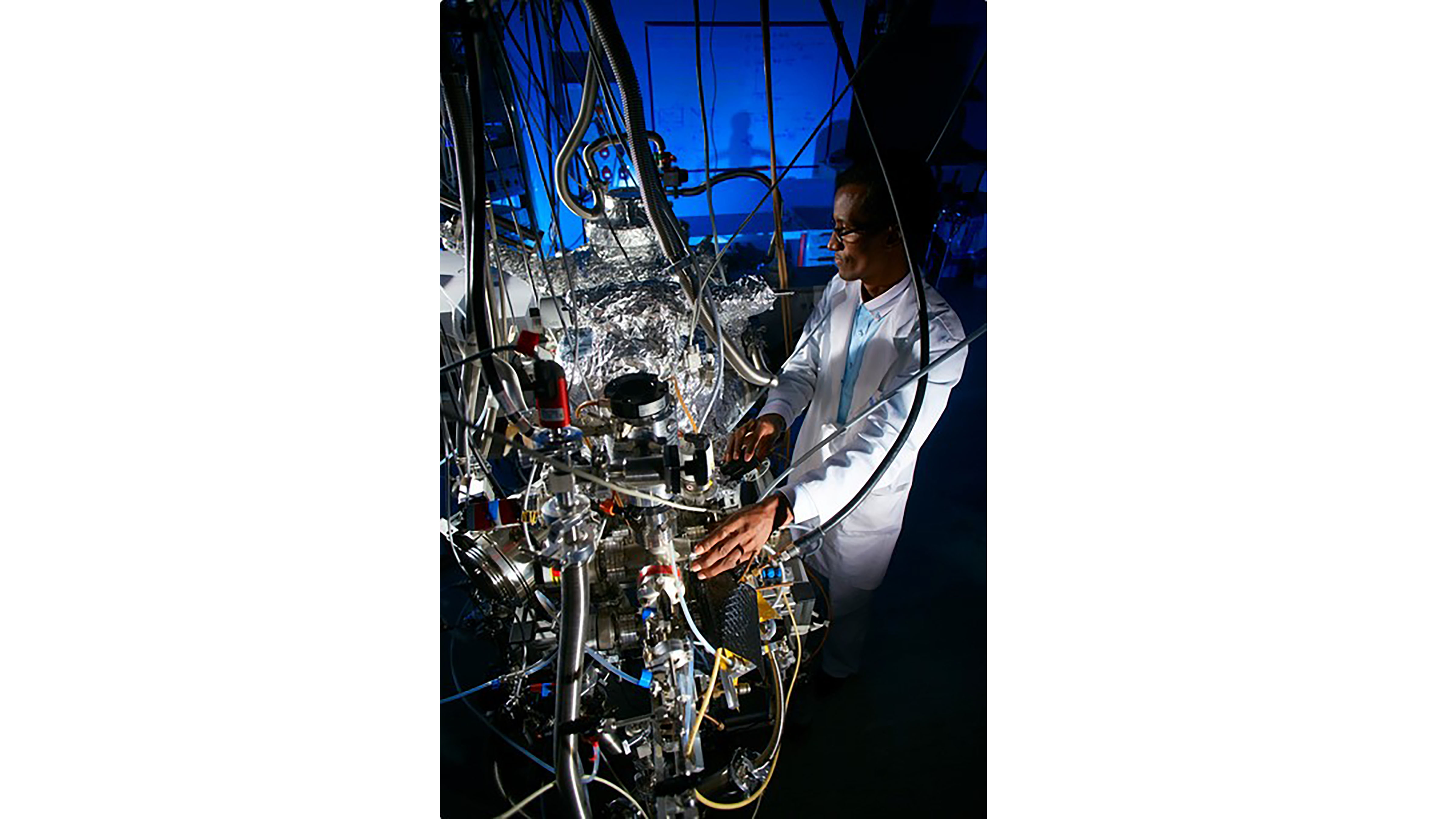All stories start somewhere – even the incomprehensibly vast expanse above us has a beginning. Scientists have long studied the cosmos, searching for answers to the “how’s” and “why’s” of life, and that effort continues to this day. From concepts such as ‘Cosmic Dawn’ and ‘redshift,’ UNLV astronomer and computer scientist Paul La Plante focuses on topics that improve our understanding of where it all began.
Tag: Interstellar
Interstellar Comets Like Borisov May Not be All That Rare
Astronomers calculate that the Oort Cloud may be home to more visiting objects than objects that belong to our solar system.
Probing Deeper into Origins of Cosmic Rays
Researchers know cosmic rays originate from the multitude of stars in the Milky Way and other galaxies. The difficulty is tracing the particles to specific sources, because the turbulence of interstellar gas, plasma, and dust causes them to scatter and rescatter in different directions. In AIP Advances, researchers developed a simulation model to better understand these and other cosmic ray transport characteristics, with the goal of developing algorithms to enhance existing detection techniques.

Device Mimics Life’s First Steps in Outer Space
A device developed by scientists at the CY Cergy Paris University and Paris Observatory promises insight into how the building blocks of life form in outer space. In Review of Scientific Instruments, the scientists detail how VENUS — an acronym of the French phrase “Vers de Nouvelles Syntheses,” which means “toward new syntheses” — mimics how molecules come together in the freezing darkness of interstellar space.

Studying Ice to Understand Astrophysical Bodies
Understanding the formation and evolution of ice in astrophysical environments can provide information about the physical conditions encountered in space and the chemical similarities and differences between planetary and stellar systems. At the AVS 66th International Symposium and Exhibition, Edith Fayolle, an astrochemist at NASA’s Jet Propulsion Laboratory, will talk about how scientists are trying to understand properties of ice on astrophysical bodies, such as its formation, composition and sublimation — the process by which ice transitions directly into gas, without being in its liquid phase in between.